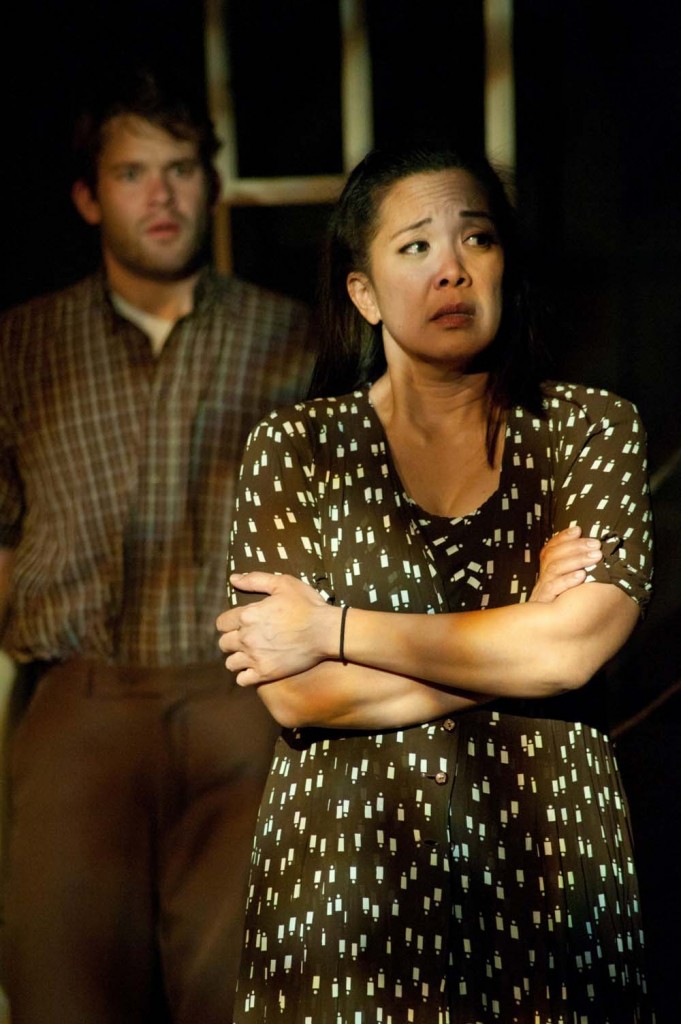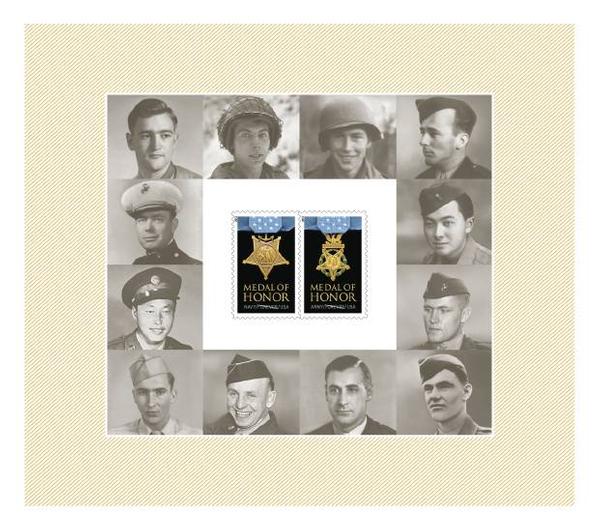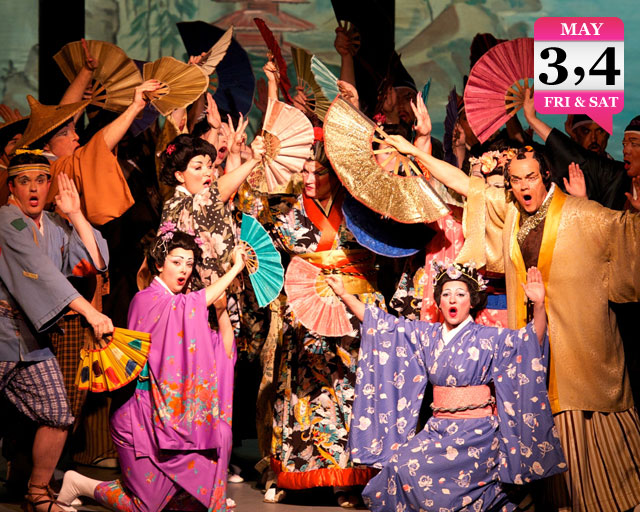June 9, 2013
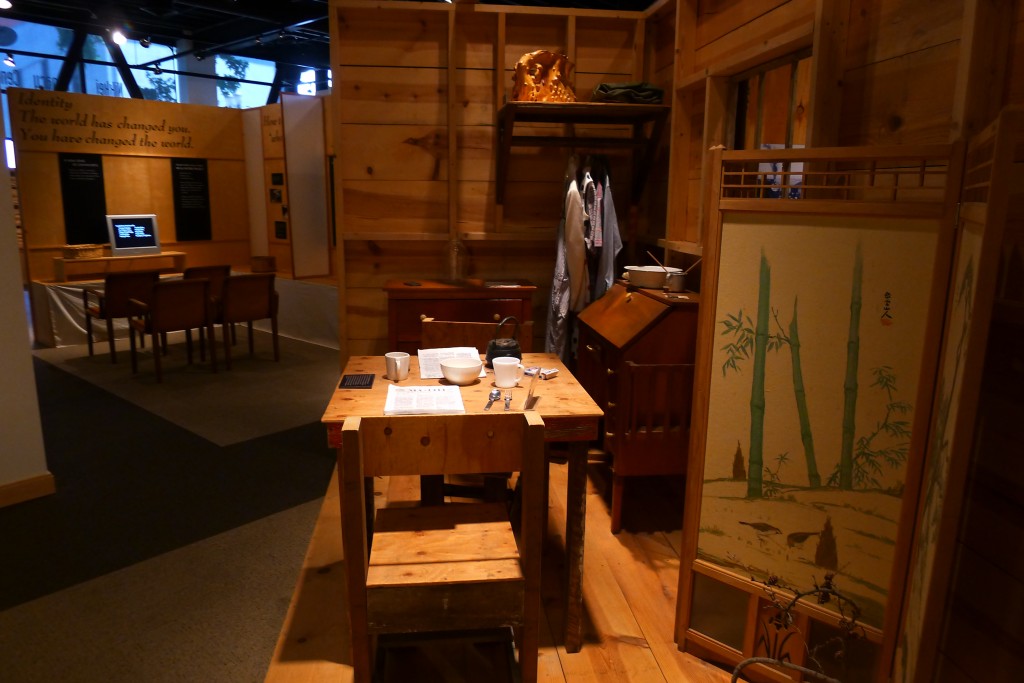
I visited the
Oregon Nikkei Legacy Center in Portland, Oregon last week while on a business trip to the northwest, and I was struck at how important organizations like it, and the museum it operates are for our community.
Institutions from the largest such as the
Japanese American National Museum in Los Angeles to one-room repositories such as the Nikkei Legacy Center or the
Amache Museum in Granada, Colorado, are repositories for our collective memory as a community, and home to our history.
Portland’s museum is a project of the Oregon Nikkei Endowment, and it’s tucked into a storefront in the city’s Old Town district, in the midst of what used to be the
Nihonmachi, or Japantown neighborhood.
One of the first items on display inside the door is a scale model of the district, with all the buildings labeled with the Japanese businesses that used to thrive. Only a couple of the businesses still exist, but they’re no longer in the neighborhood – the Nikkei Legacy Center is the only remaining sign of the community that was based here before WWII.
The museum does a great job within its limited space of tracing the Japanese’s arrival in the area, the variety of businesses, and then imprisonment during WWII. There are artifacts, models, and text explaining historical milestones.
A small area features a re-creation of an internment camp barrack's interior, with actual tables, chairs, desk and dresser (shown above) that were all built by internees in Minidoka, Idaho, where Portland JAs were imprisoned. The historical timeline of the permanent exhibit ends with a small video viewing area with interviews with local Nisei about the war years.
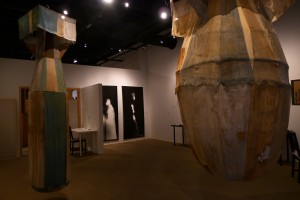
In a small rotating gallery space in the back is a powerful, somber art exhibit (right) that addresses the horror of the atomic bombings of Hiroshima and Nagasaki, titled “Shadows and Black Rain: Memories, Histories, Places, Bodies.”
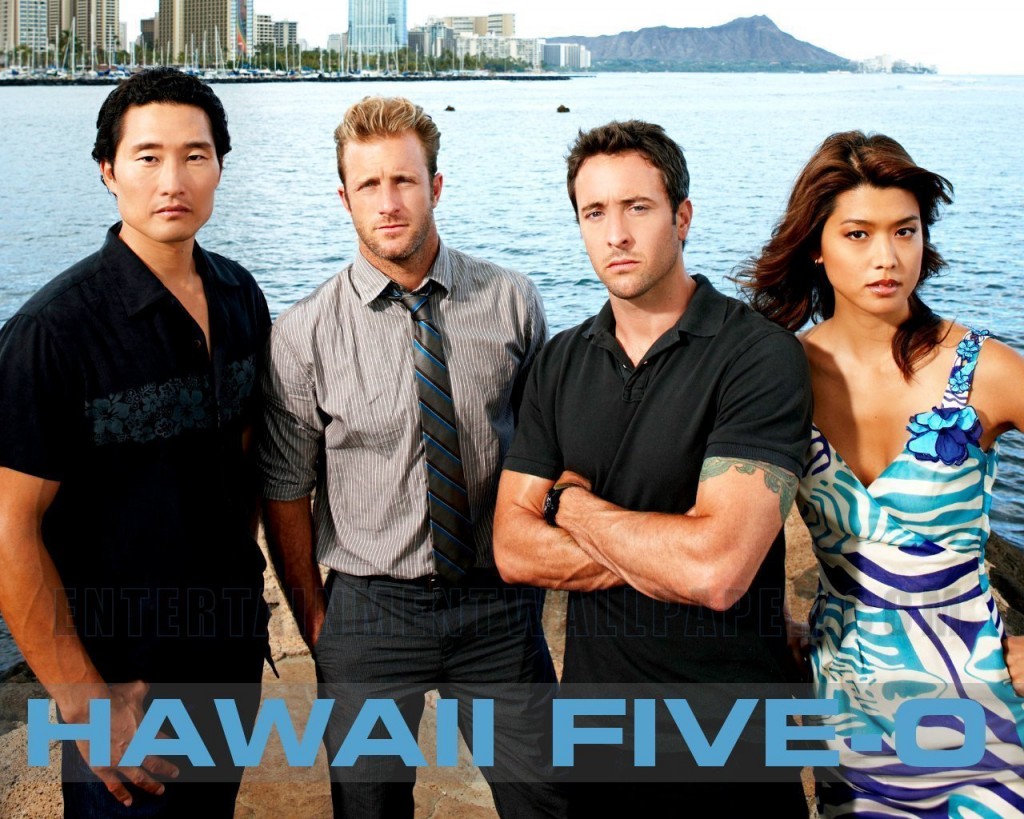 We're fans of the CBS series "Hawaii Five-0" for lots of reasons, including the fact that it's a showcase for Asian and Pacific Islander actors such as Daniel Dae Kim and Grace Park, and the entertaining "bromance" relationship between Steve McGarrett (Alex O'Loughlin) and Danny "Danno" Williams (Scott Caan).
I always loved the original series that ran from 1968-1980, and think it's great that this reboot uses pretty much the same arrangement for the theme song, and even uses quick-cut images that evoke the look and feel of the intro sequence from the earlier Five-0.
And finally, who can't love a show that celebrates the coolest and best-looking of all the United States, with loving b-roll shots of both its glistening city life and its incredibly beautiful natural scenery?
This week, we get a whole new reason to appreciate "Hawaii Five-0" and tune in regularly. The producers are focusing on an aspect of American history that still remains under the radar of most mainstream American pop culture: The American imprisonment of people of Japanese ancestry in the wake of Japan's attack on Pearl Harbor.
We're fans of the CBS series "Hawaii Five-0" for lots of reasons, including the fact that it's a showcase for Asian and Pacific Islander actors such as Daniel Dae Kim and Grace Park, and the entertaining "bromance" relationship between Steve McGarrett (Alex O'Loughlin) and Danny "Danno" Williams (Scott Caan).
I always loved the original series that ran from 1968-1980, and think it's great that this reboot uses pretty much the same arrangement for the theme song, and even uses quick-cut images that evoke the look and feel of the intro sequence from the earlier Five-0.
And finally, who can't love a show that celebrates the coolest and best-looking of all the United States, with loving b-roll shots of both its glistening city life and its incredibly beautiful natural scenery?
This week, we get a whole new reason to appreciate "Hawaii Five-0" and tune in regularly. The producers are focusing on an aspect of American history that still remains under the radar of most mainstream American pop culture: The American imprisonment of people of Japanese ancestry in the wake of Japan's attack on Pearl Harbor.




